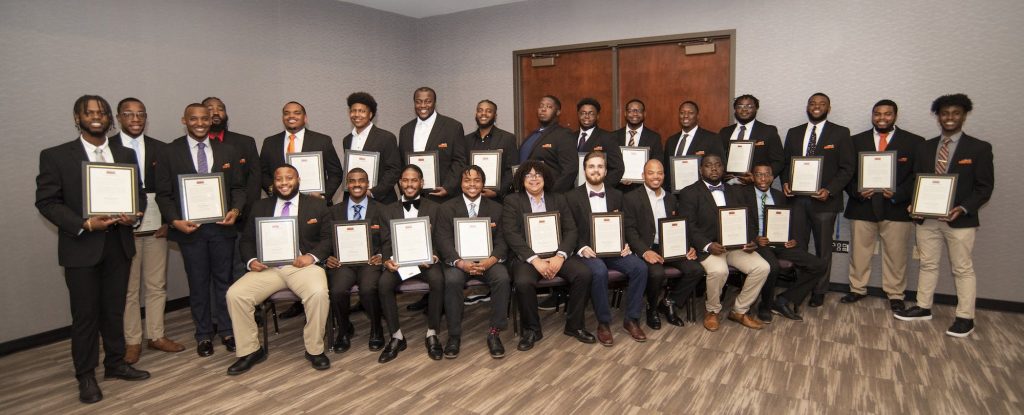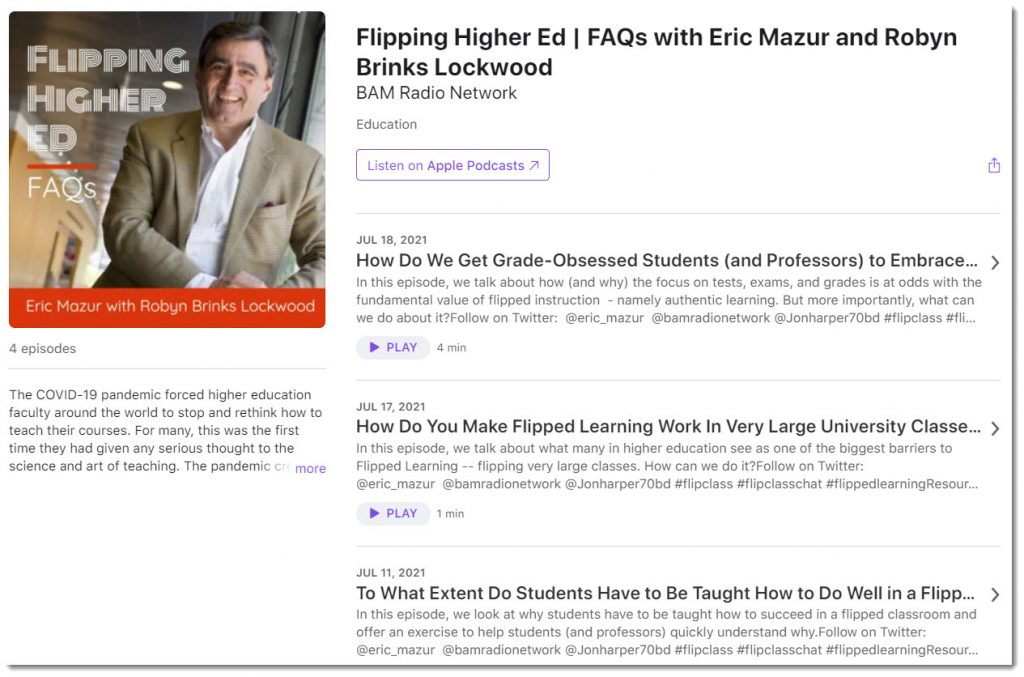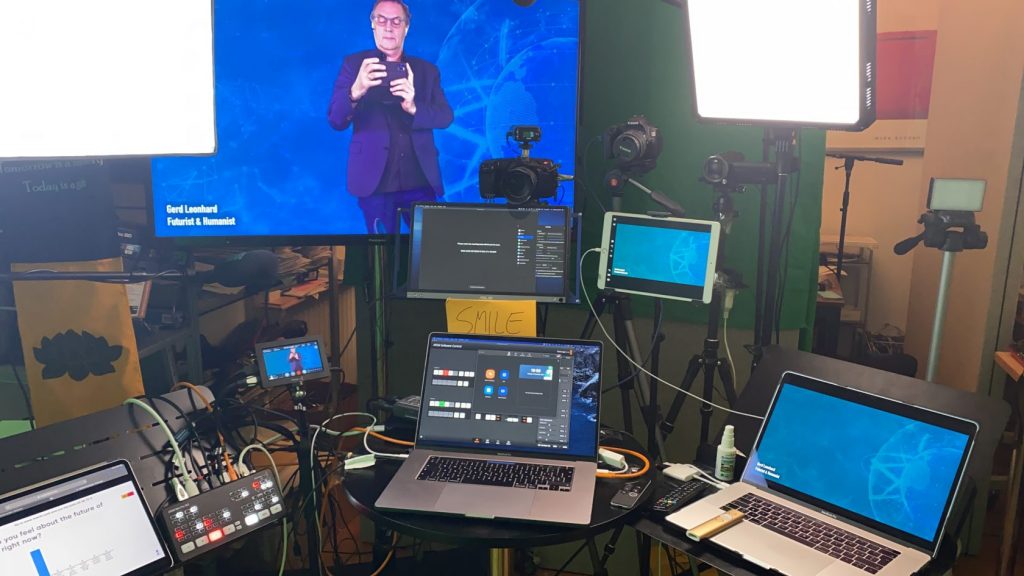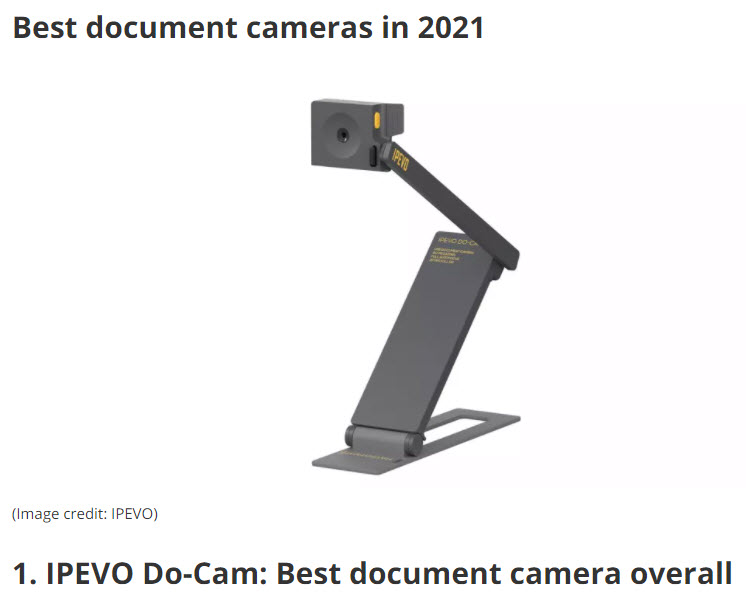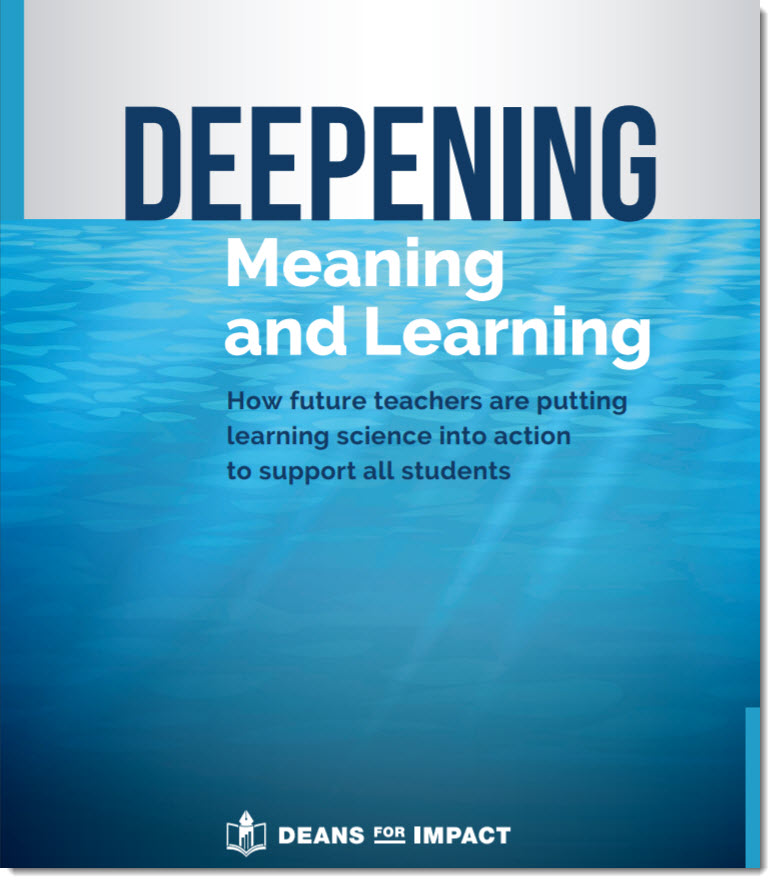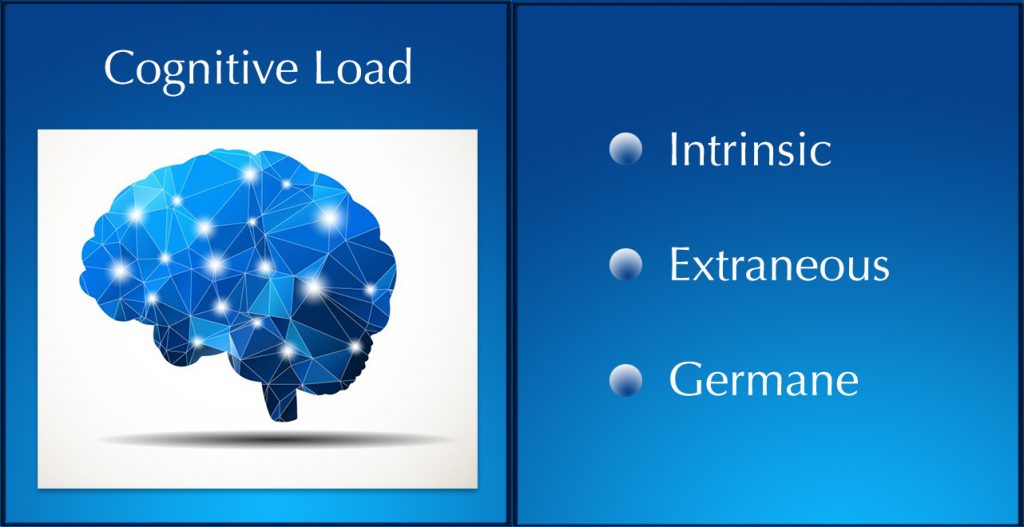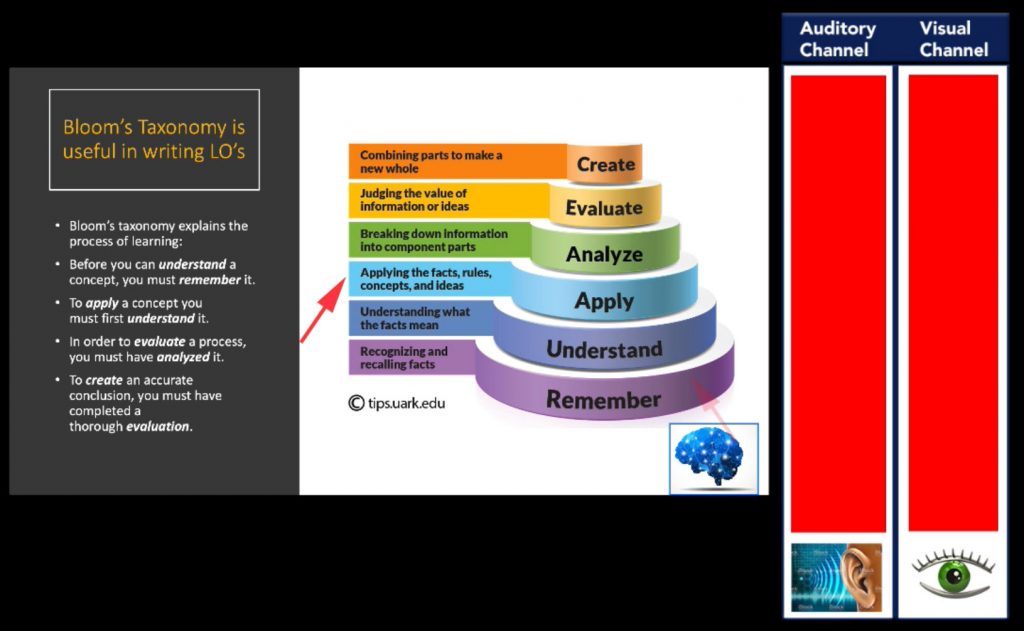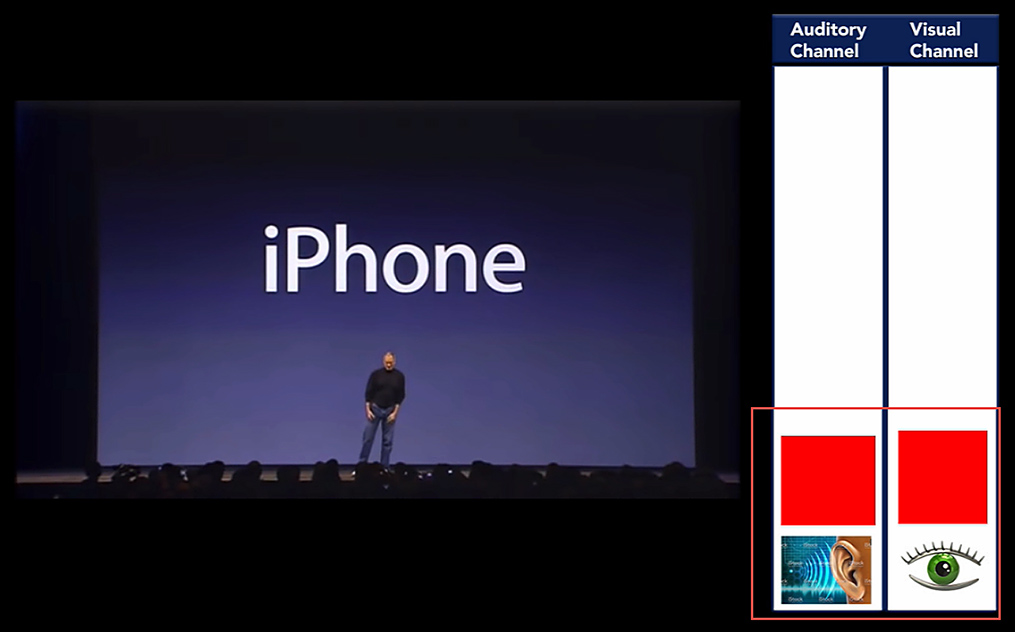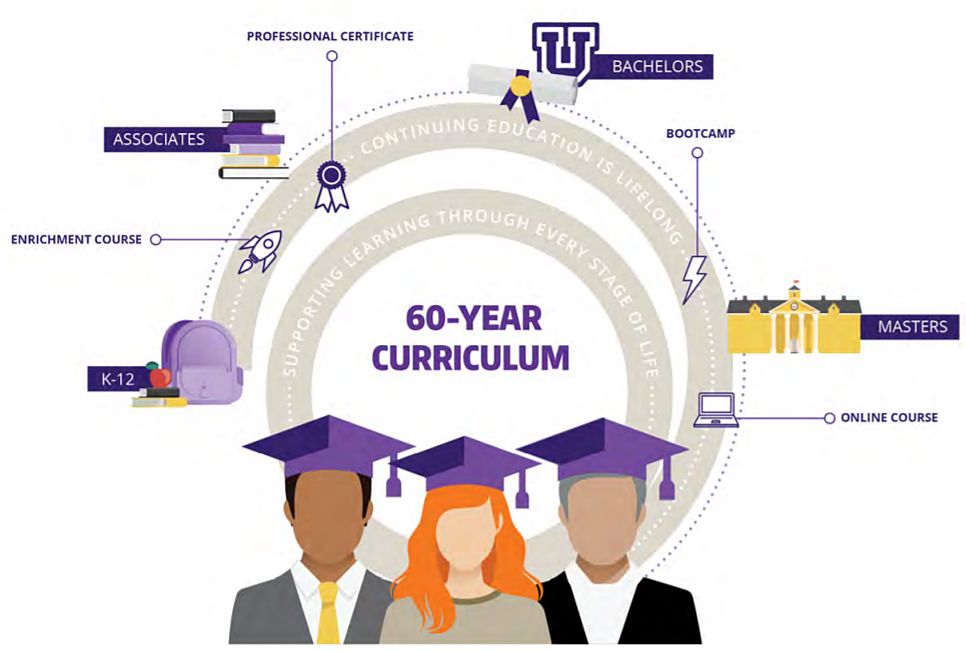What Is Instructional Scaffolding? — from edtechreview.in by Saniya Khan
Excerpt:
Scaffolding is a bridge used to build on what the students already know to get to something they do not know. If the scaffold is properly administered, it will act as a facilitator, not an enabler” (Benson, 1997).
The process of Scaffolding is based on Lev Vygotsky’s concept of the Zone of Proximal Development (ZPD). This is the distance between what children can do by themselves and the next learning when they can be helped to achieve with competent assistance. Vygotsky said, “children who can perform their tasks at a particular cognitive level in cooperation and collaboration with others and with adults will be able to perform at a higher level. And this difference between the two levels is the child’s Zone of Proximal Development”. He defined scaffolding instruction as the “role of teachers and others in supporting the learner’s development and providing support structures to get to the next stage or level.”










